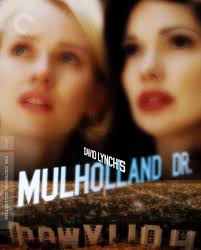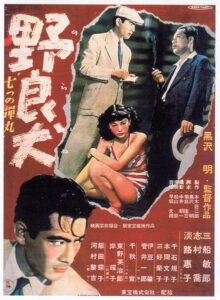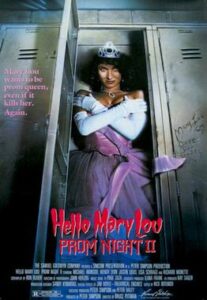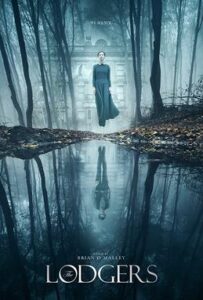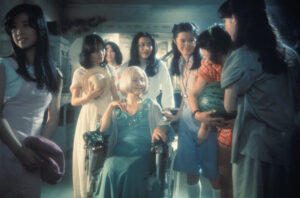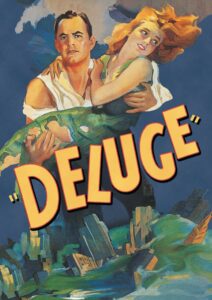As part of the Ozploitation cycle of cinema 1979’s Thirst is low on budget but big on concept.
The film centers on Kate Davis (Chantal Contouri) a successful businesswoman about of take a 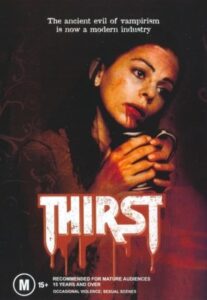 several week vacation but instead is kidnapped by a mysterious cult-like organization, The Brotherhood, taking advantage of her expected absence to indoctrinate her into their lifestyle of modern vampirism.
several week vacation but instead is kidnapped by a mysterious cult-like organization, The Brotherhood, taking advantage of her expected absence to indoctrinate her into their lifestyle of modern vampirism.
The Brotherhood is riven by factions, all who wants Kate to fully embrace their lifestyles, but who differ in what methods that consider acceptable with Dr. Fraser (David Hemmings) more reverential of Kate’s ancestry while Dr Gauss (Henry Silva) and others are willing to using dangerous conditioning methods even if Kate’s sanity shatters.
Directed by Rod Hardy and photographed by Vince Morton Thirstis competently made and achieves quite a bit on tis limited budgets. It never answers the question of The Brotherhood are gaining actual benefits from their dietary choices or if they are simply mad as such considerations are actual incidental to the thrust of the story and Kate’s struggle to retain her agency and identity. It is a pleasure that unlike several other films of the cycle there was no attempt to disguise the characters or the setting as American but instead the film is presented as natively Australian.
With an extended dream/nightmare sequence dominating the film’s second act Thirst is not a horror movie that relies upon ‘kills’ or ‘jump scare’ to provoke a reaction from its audience. Its sedate pace and its emphasis psychological threats over physical ones means it is not a film for everyone but its thematic treatment of industrialization and the wealthy literally cannibalizing the lower classes make this a very interesting movie that will have strong appeal to some.

